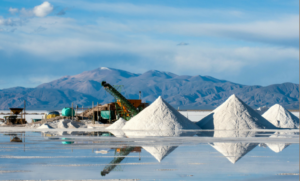
Vince Matthews, former director of the Colorado Geological Survey and now a consulting geologist in Wisconsin, spoke on the Global Scramble for Natural Resources. This was a ZOOM broadcast Saturday, May 13, 2023.
The Lecture
During the 1990s, the world’s most populous nations—China and India–were unleashed from Communist and Socialist regimes, respectively. The first decade of the 21st Century saw China’s GDP grow at more than 10 percent per year and India’s at 7-9 percent. Both are drastically increasing their use of all natural resources. Although they have resources of their own, they are insufficient to meet their internal demand.
Because the world’s mineral and energy resources are being strained to supply these exploding economies, the price of nearly every natural-resource commodity dramatically escalated beginning in 2003. Not only did the price of commodities increase, but the competition to simply obtain a share of these natural resources became intense. From cement, to petroleum, to fertilizer, to strategic metals; the scramble for a piece of the worldwide commodities pie is in a state the world has never known. The U.S. is being, and will be, significantly affected by this new world disorder.
As America looks increasingly to alternative energy sources, we face an increase in imports to achieve our goals. Many of the current alternative energy technologies use a variety of imported mineral commodities, especially “rare earths.” The country’s increasing vulnerabilities to foreign sources of strategic mineral commodities were slow to be recognized.
The Speaker
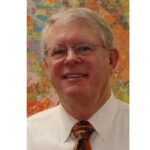 Dr. Vince Matthews received B.S. and M.S. degrees in geology from the University of Georgia and a Ph.D. from the University of California, Santa Cruz. He was awarded “Outstanding Alumnus” recognition from both institutions. His career includes holding executive positions with four natural resource companies and teaching at eight institutions of higher education, two of them tenured positions.
Dr. Vince Matthews received B.S. and M.S. degrees in geology from the University of Georgia and a Ph.D. from the University of California, Santa Cruz. He was awarded “Outstanding Alumnus” recognition from both institutions. His career includes holding executive positions with four natural resource companies and teaching at eight institutions of higher education, two of them tenured positions.
About ten years ago Vince retired as Director of the Colorado Geological Survey. In retirement, he has served as Interim Executive Director of the National Mining Hall of Fame and Museum, served on the Special Scientific Committee on the Health Effects of Unconventional Oil and Gas Development in the Appalachian Basin, presented Zoom talks on a variety of topics to geological societies and universities, led field trips in the Rocky Mountains, completed the manuscript for a book entitled, Land of Ice: Jaunts into Colorado’s Glacial Landscape, and was recruited to teach “Earth Resources and Sustainability” at the University of Wisconsin-Eau Claire last fall semester.

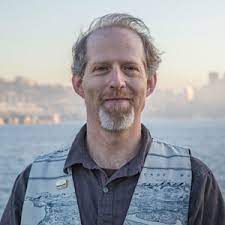

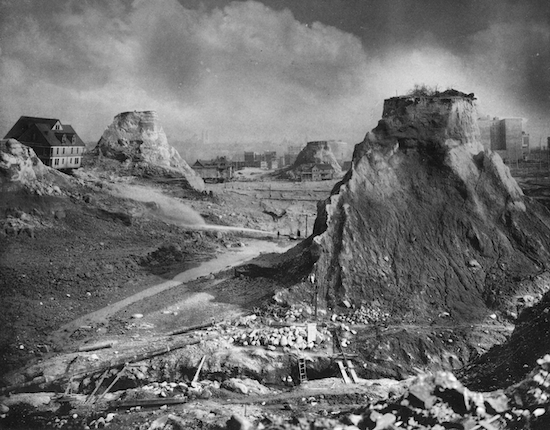
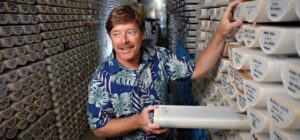
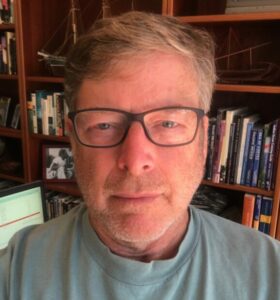 The Lecturer
The Lecturer